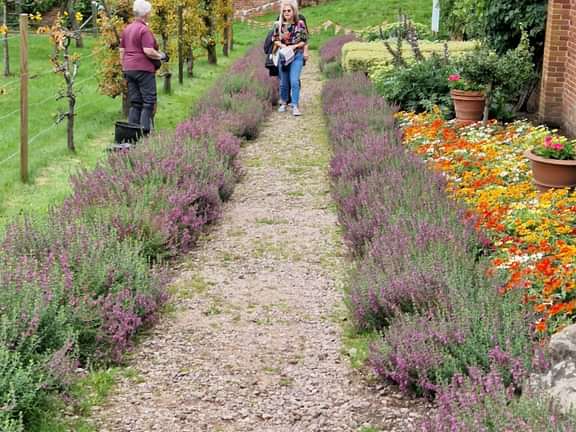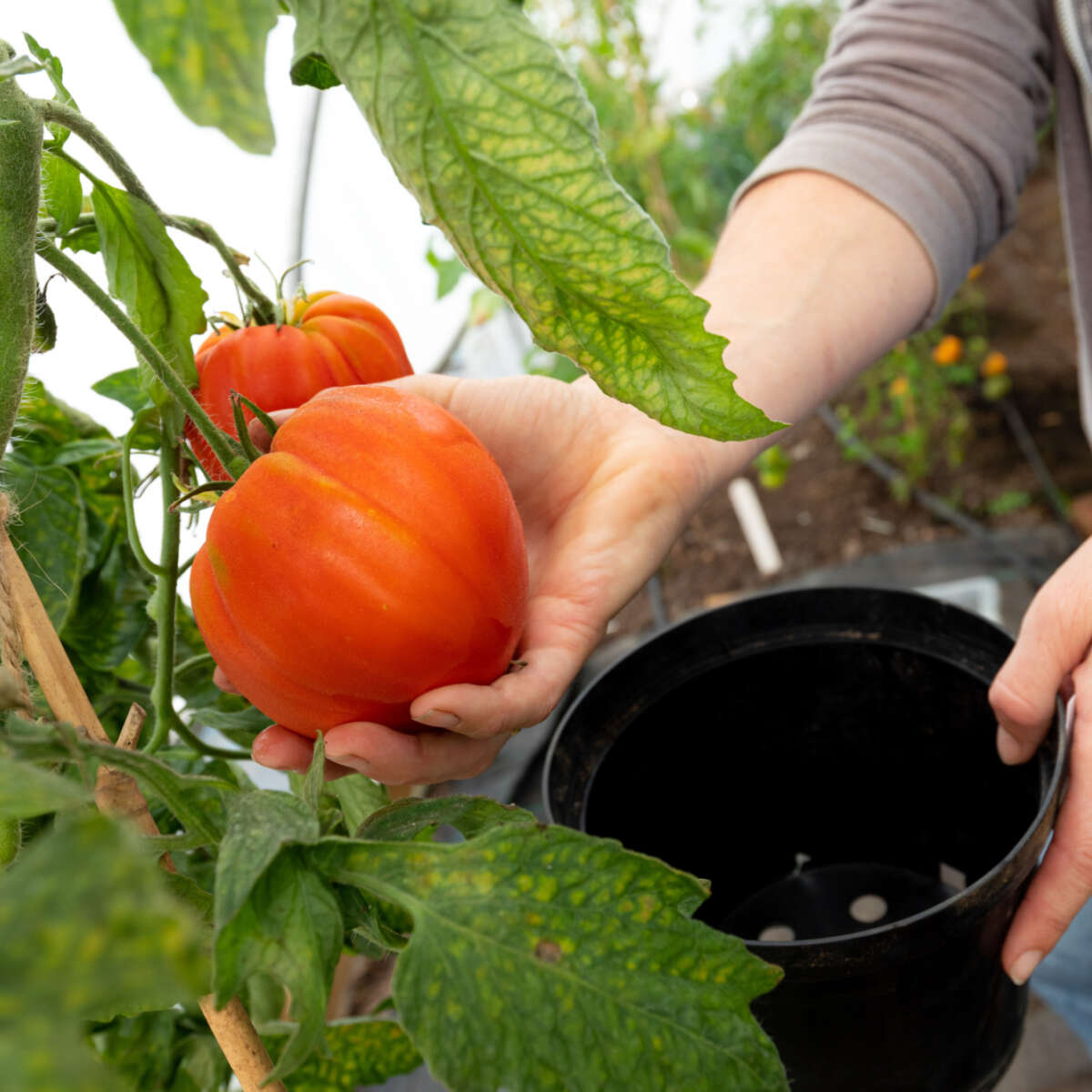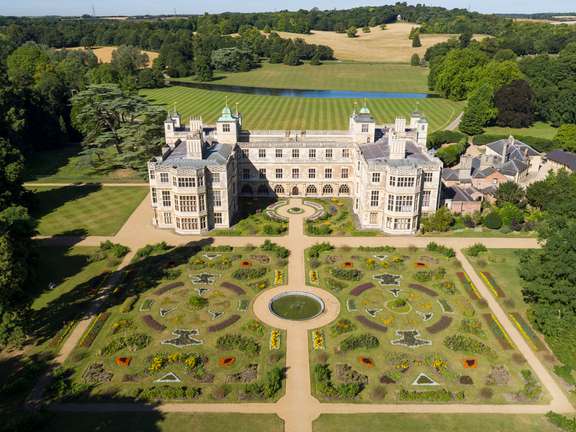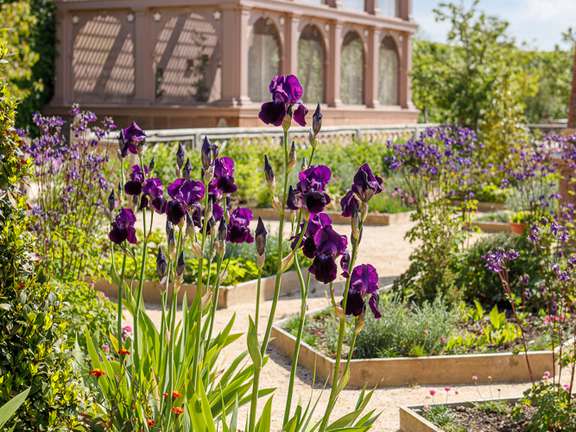
Castle Bromwich Historic Gardens
Castle Bromwich Historic Gardens nurtures 40 acres of formal garden and local nature reserve that are over 350 years old - which these days are surrounded by the intense industrial landscapes of the city.

If you're interested in becoming a Growing Partner, please fill out our registration form
Join Us
Castle Bromwich Historic Gardens nurtures 40 acres of formal garden and local nature reserve that are over 350 years old - which these days are surrounded by the intense industrial landscapes of the city.
Fircroft College of Adult Education is a calm, supportive residential college, and also a charity, based on the Bristol Road in Selly Oak, Birmingham. Situated in a building that was once the family home of George Cadbury Jnr. the college is enhanced by 6 acres of grounds.

Lets Grow Preston is an award-winning environmental charity working in Preston, Lancashire.

Named after a small tributary of the River Eden, Gosling Sike is an organic working farm and the site of Cumbria Wildlife Trust's northern office.

We are a community garden and growing space run by volunteers for the people of Buxton and surrounding area.

Bisley Community Composting Scheme (BCCS) was launched in 2005, making it one of the most well-established community composting schemes in the UK. It composts garden waste from its members, who need to be residents of the parish and who pay a small annual fee.

The gardens at Audley End were amongst the largest and most opulent in Jacobean England (1603-1625).

Set within the romantic ruins of Kenilworth Castle the main feature is a beautifully recreated Elizabethan Garden Which is a haven of peace and tranquillity, full of colour and fragrant walkways.

Discover more than ninety acres of beautiful gardens showcasing French, Dutch, Italian and English styles side by side. Look out for fancy French curves and bold Italian geometry in Wrest Park's dynamic bedding displays.

Cramlington Town Council is developing an innovative composting training facility adjacent to the completed dementia garden at Coronation Park, the former Parkside School playing field. This initiative forms a crucial element of the site's transformation into a thriving community hub focused on environmental sustainability and intergenerational learning.